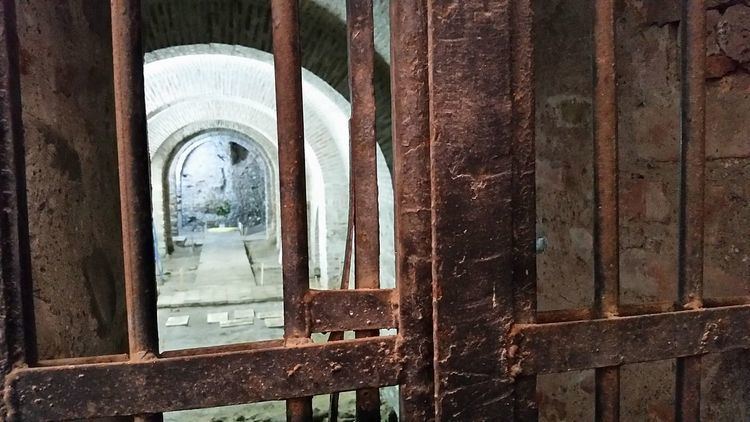Phone +40 21 314 0375 | ||
 | ||
Hours Closed now Monday10AM–6PMTuesday10AM–6PMWednesday10AM–6PMThursday10AM–6PMFriday10AM–6PMSaturday10AM–6PMSunday10AM–6PM Similar Manuc's Inn, Stavropoleos Monastery, Palace of the Parliament, Dimitrie Gusti National, National Museum of Art of Ro Profiles | ||
Unknown artist cookie jar curtea veche
Curtea Veche (the Old Princely Court), built as a palace or residence during the rule of Vlad III Dracula in 1459. Archaeological excavations started in 1953, and now the site is operated by the Muzeul Municipiului Bucuresti in the historic centre of Bucharest, Romania.
Contents
- Unknown artist cookie jar curtea veche
- Unknown artist matador curtea veche
- Palatul Voievodal
- Annunciation Church of Saint Anthony
- Popular culture
- References
Unknown artist matador curtea veche
Palatul Voievodal
Vlad the Impaler's reign was dominated by conflicts with the Turks, hence "The obligation to permanently watch over and protect the southern boundary, the Danube, made him stay in the fortified town on the Dimbovita banks". He issued a Latin document on 13 June 1458 from the area of current Bucharest. Then, on 20 September 1459, he issued a document in Slavonic, specifically referring to the "fortress" in Bucharest, his "princely residence". Other documents were issued in 1460 and 1461. Vlad would have been accompanied by his family, courtiers, and an army corps.
During his reign, Mircea Ciobanul repaired the palace, and defined the limits of the city. His palace became the economic nucleus of Bucharest, surrounded by the houses of traders and craftsmen known as the Lipscani. Matei Basarab repaired the palace during his reign, so that it was "completely rebuilt...amazingly elegant" with a "charming aspect, much finer and gayer". Constantin Brâncoveanu rebuilt and extended the palace using stone, including a great marble staircase at the entrance.
Alexander Ypsilantis built a new princely court in 1775 at Dealul Spirii. The old court was auctioned in 1798 by Constantine Hangerli.
Annunciation Church of Saint Anthony
This princely church was built by Mircea Ciobanul in 1559, and is the location of his grave. The church is "the oldest religious building maintained in its original aspect in Bucharest".
Popular culture
In its current role as a museum, the palace and neighbourhood inspired Mateiu Caragiale to write his novel Craii de Curtea-Veche. It is also at the center of efforts to restore the historic center of Bucharest.
